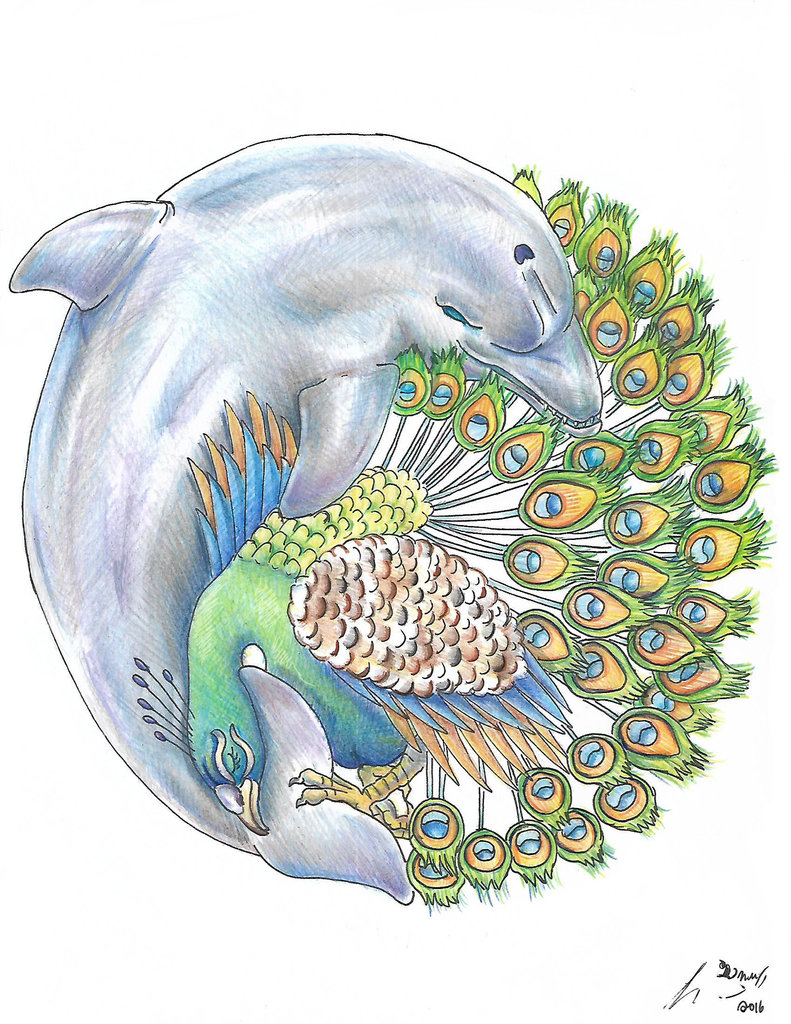
My first reading of Angela Carter. I can see why she is popular and well-regarded. This book is about as good as retellings of fairy tales could be.
Through rabid exorcisms of imagery mesmerizing moments are born from her disturbing imagination. The dense sentences cluster like a nest of snakes, sniping you from the shadows. Her Baroque stylings are distinctly old-fashioned, but her standpoint and her quirkiness are bold and fresh.
I am easily taken in by the promise of exile in a magic kingdom. I was on guard at first, since I could sense sinister intent in her method. It was a little like the feeling you might have had sitting around a campfire as a child, when some storytelling prodigy joins the circle with the commitment to scar you for life.
Multiple stories deal with captivity, and probably stem from Carter’s dissatisfaction with the outmoded portrayals of women in traditional fairy tales. This is understandable, since they were all conceived in the long age of patriarchal oppression. The Revisionist nature of her composition lends relevance to old stories. She essentially claims them for her own. Aside from her intentions, the craft on display is of the highest caliber. Many descriptions are as poetic as Bradbury’s, but have more bite.
She does not shy away from statutory rape, from sheer carnage. She depicts the confines of poor marriage in a truly frightening manner. Characters seethe with their hideous pasts and dark secrets, concealing the eldritch monsters dwelling in their hearts. Movement and innovation are par for the course for Carter. These are certainly no longer stories for children. They are sophisticated but playful, and the prose is infused with magic. They are suggestive, and mingle the morbid and the beautiful extremely well. Long paragraphs of Gothic and colorful musings, luscious landscapes and boudoirs all contribute to an antiquated rhythm suggestive of Poe.
“The potentiality for corruption,” struck me as a theme. While pessimistic, the stilted perspective is a means by which all things gain shades of sinister meaning. She sustains an effective chilling atmosphere throughout, as the heroes and heroines experience the slick slide into terror, with breathtaking intensity, derailing the Huysmanesque still-life compositions.
Carter lacks innocence, seems to have lost the childish wonder inherent in the original source material. In exchange she brings a wickedness which underlies her charming descriptions. The double meanings of her twisted tales are pretty graphic, and I wonder if we shouldn’t pass them on to our children anyway. The world is a dark place. They will encounter a few monsters in due course. And the monsters were in the original tales in the first place. They just weren’t so heartrendingly deranged.


Leave a comment